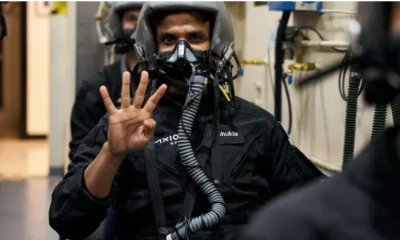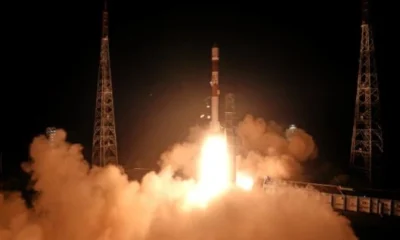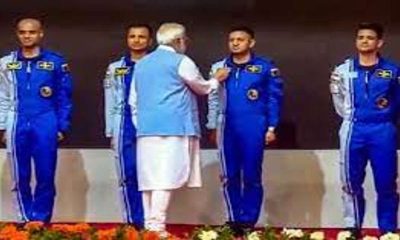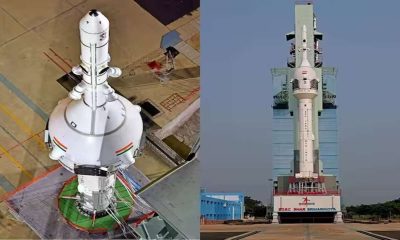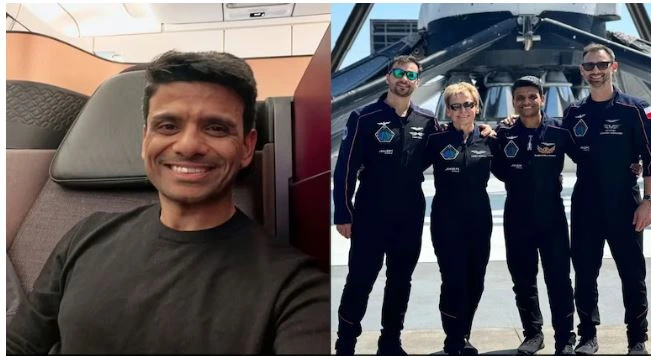Latest Science News
Aditya L1 successfully undergoes third earth-bound manoeuvre, fourth to take place on September 15: ISRO
India’s first solar mission, the Aditya L1 spacecraft, successfully underwent its third earth-bound orbit raising manoeuvre on Sunday, the Indian Space Research Organisation said.
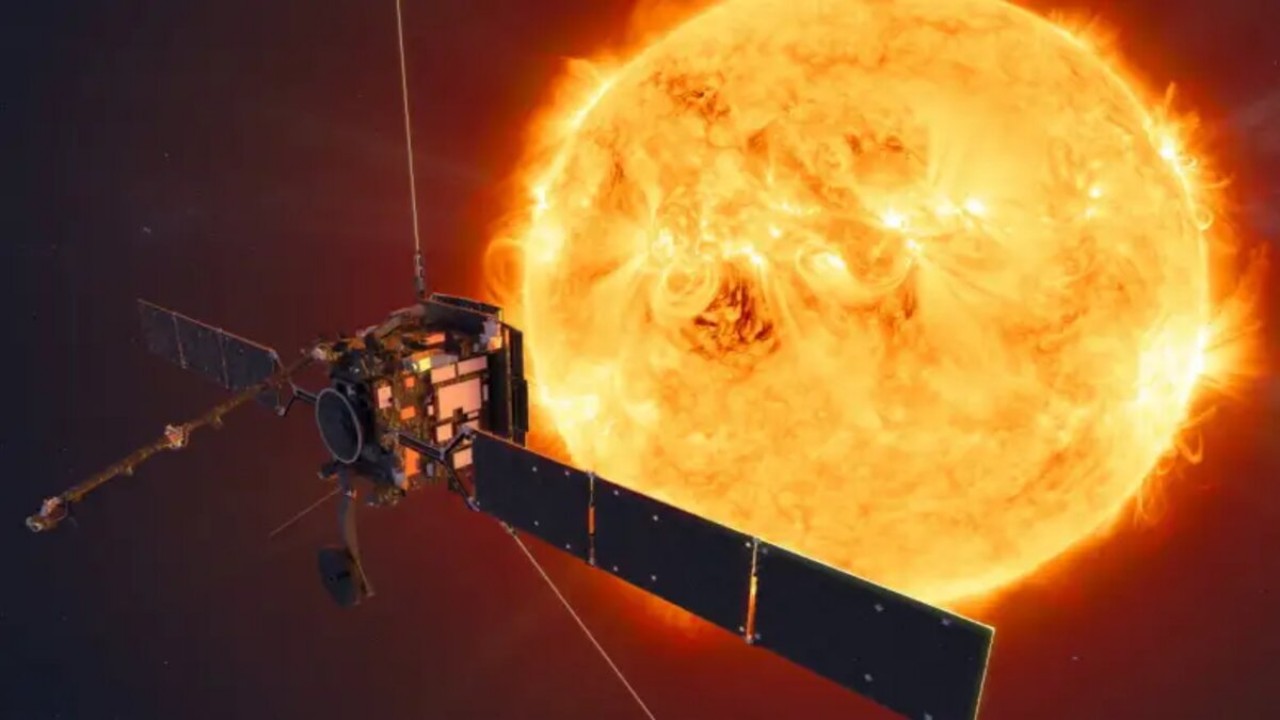
Latest Science News
Astronaut Shubhanshu Shukla to meet PM Modi after return from historic space mission
Astronaut Shubhanshu Shukla, who recently returned from the ISS as part of the Axiom-4 mission, will meet PM Modi this evening. Parliament will also hold a special discussion on his historic journey.
India News
Shubhanshu Shukla pens emotional note as he returns to India after space mission
Indian astronaut Shubhanshu Shukla penned an emotional Instagram post as he returned to India after his 18-day ISS mission, marking a milestone in India’s space journey.
Latest Science News
Shubhanshu Shukla becomes second Indian in space, lifts off for ISS aboard Axiom-4 mission
Group Captain Shubhanshu Shukla becomes the second Indian astronaut to travel to space after four decades, aboard the Axiom-4 mission to the International Space Station.
-

 India News7 hours ago
India News7 hours agoBJP minister claims rift between Rahul and Priyanka Gandhi over Parliament speeches
-

 India News9 hours ago
India News9 hours agoGRAP IV enforced in Delhi amid severe pollution: What remains open and what shuts down
-

 Latest world news10 hours ago
Latest world news10 hours agoTrump administration expands US travel ban to 20 more countries, Palestinians also affected
-
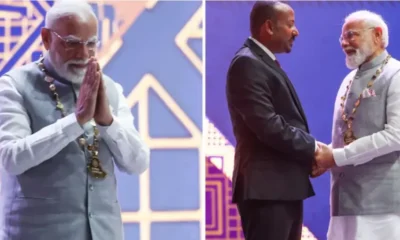
 Latest world news10 hours ago
Latest world news10 hours agoPM Modi receives Ethiopia’s highest civilian honour, first world leader to get award
-

 India News5 hours ago
India News5 hours agoDelhi orders 50% work from home as pollution emergency deepens
-
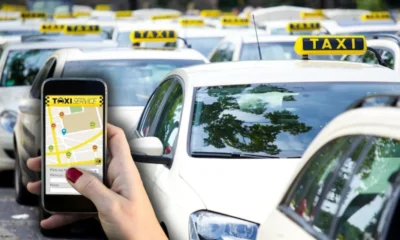
 India News5 hours ago
India News5 hours agoBharat Taxi to launch in Delhi on January 1 as cooperative alternative to app-based cabs


